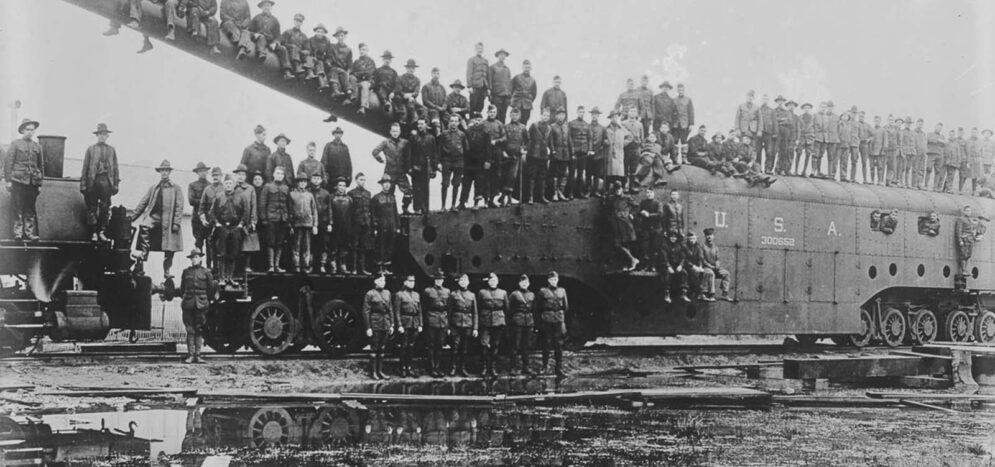From political borders to everyday life, Europe as we know it today was forged not just in wars and treaties, but on iron rails. The railway wasn’t merely a way to move goods or people — it was a tool of unification, division, industrial growth, and cultural exchange. Here’s how:
1. They Redrew Political Boundaries — and Strengthened National Identities
The rise of rail networks in the 19th century often coincided with nation-building. In Germany, for example, regional lines like the Bavarian and Prussian systems eventually merged into an imperial network, symbolizing political unification. Railroads didn’t just follow borders; they shaped them, reinforcing a shared sense of identity through connected economies, military readiness, and cultural commonality.
2. They Fueled Industrial Expansion
Europe’s industrial centers were often built around the arteries of rail. Coal mines, steel factories, and textile mills thrived because they had rail access — allowing raw materials in and goods out at previously impossible speeds. Cities like Manchester, Essen, and Katowice grew from industrial towns into national powerhouses in part due to railway logistics.
3. They Changed the Geography of Everyday Life
Before railways, travel between towns was measured in days. Rail cut that down to hours — and suddenly, rural farmers could access city markets, while city dwellers could escape to the countryside. This shift altered everything from food prices to newspaper circulation. The rhythm of life changed — timetables, train whistles, and connections began to define the pace of society.
4. They Brought Tourism to Life
The idea of vacationing wasn’t viable for the middle class until trains made distant regions accessible. The Alps, the French Riviera, and spa towns like Baden-Baden or Karlovy Vary became reachable. Tourism as a structured industry was born — and with it, guidebooks, luggage sets, and a new kind of cultural exchange.
5. They Were Instruments of Empire — and Resistance
Colonial powers used rail to exploit and control, both at home and abroad. In Africa, India, and Southeast Asia, European-built railways often served imperial resource extraction. Within Europe, however, rails also became a way for resistance movements to organize, disrupt, and escape — particularly during wartime. In this sense, the railway was both a tool of oppression and liberation.
6. They Played a Central Role in War — and Peace
From WWI troop movements to WWII deportations, Europe’s darkest and most complex moments were often carried out via train. But railways also carried displaced persons home, reunited families, and helped rebuild shattered economies in the aftermath. The Marshall Plan, for example, was physically implemented through Europe’s rail infrastructure.
7. They Made the Continent Smaller — and the Union Possible
Modern high-speed rail systems like the TGV, ICE, and Eurostar helped turn Europe into a single, semi-borderless market. Students studying abroad, workers commuting cross-border, and travelers hopping between capitals — the train network has supported everything the EU stands for: cooperation, mobility, and shared opportunity.
In short: Railways weren’t just infrastructure — they were one of the most transformative forces in European history. To study them is to understand the continent’s very shape, story, and soul.


